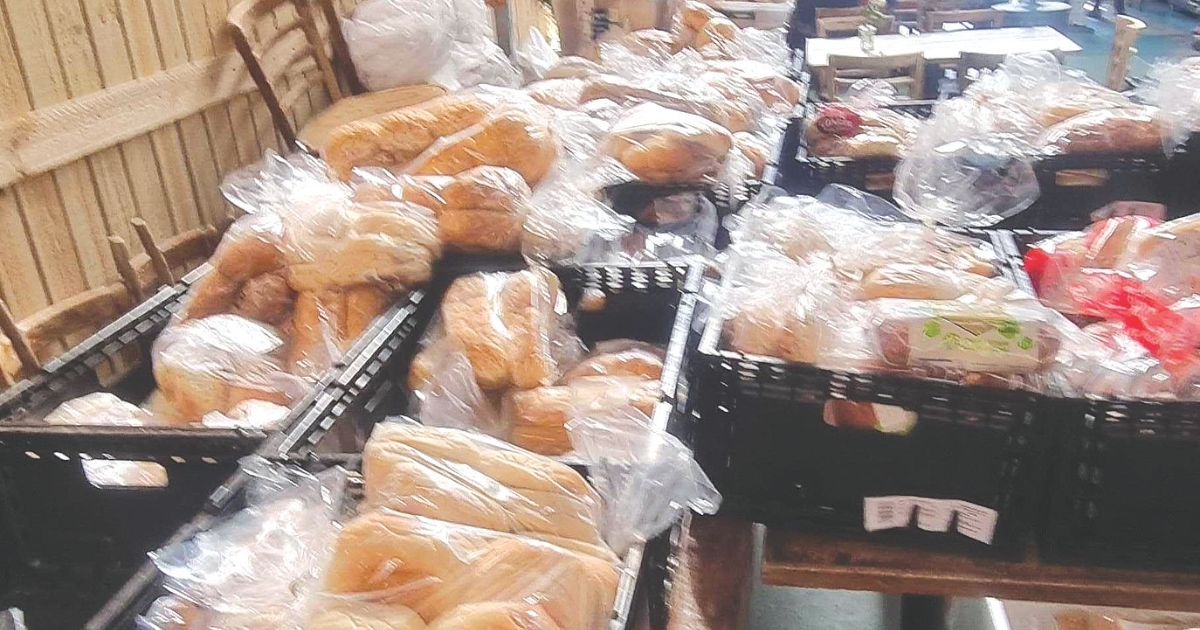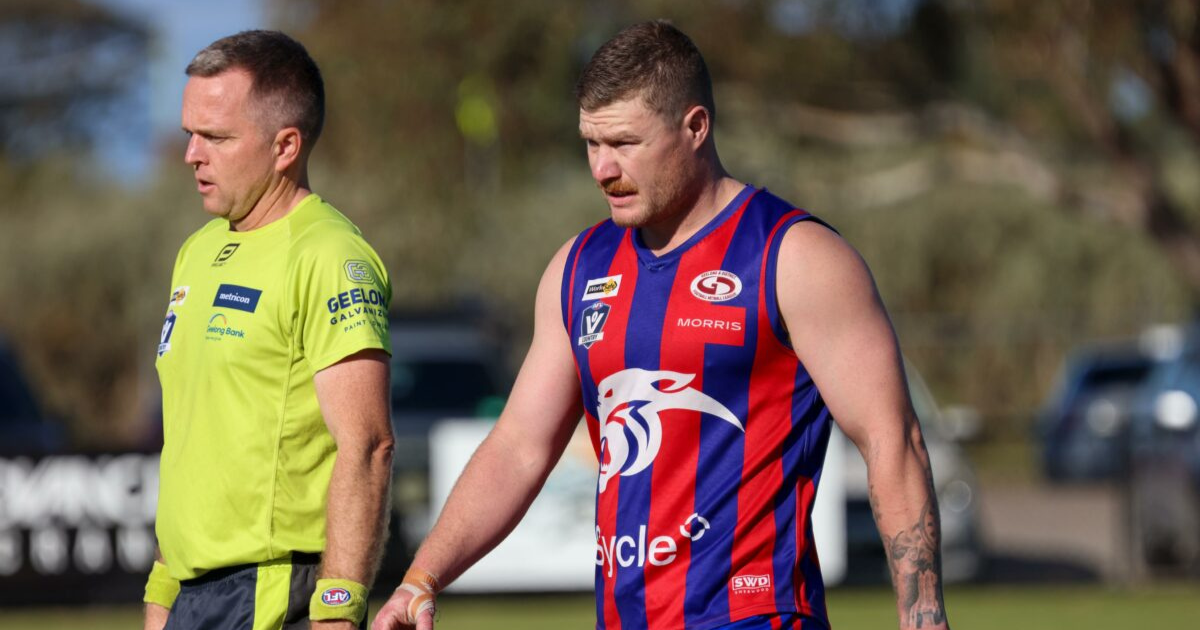Superload takes a night ride through Geelong
THE biggest “superload” ever to come to southwest Victoria rolled through the Geelong region this week.
The massive vehicle – 115 metres long, 5.12 metres wide and 5.5 metres high – was hauled by four trucks in an operation spanning three nights to reduce the impact on the road network and alleviate congestion for drivers.
Carrying its transformer cargo from the Port of Geelong to Haunted Gully (just south of Lismore), the 663-tonne superload was longer than an A380 Airbus and was so big that vehicles were unable to overtake.
VicRoads acting director of heavy vehicle services Marc Paglia said the sheer weight and size of the transformer meant the average travel speed was approximately 15-20kmh, taking much longer than a normal journey.
“This is a complex and dynamic operation that has been months in the planning – we’ll be monitoring this convoy every step of the way to ensure the smoothest possible journey and the safest possible road network.
“We will have a convoy crew across the journey, preparing roads and structures ahead of time and assessing the area once it has passed.”
The first leg of the journey started at 11pm on Monday, and travelled from the Port of Geelong onto Geelong Ring Road and then along Princes Highway to the Waurn Ponds rest stop, where it parked during the daylight hours of Tuesday.
The second leg started at 11pm on Tuesday and travelled through Winchelsea, turned right onto the Colac-Ballarat Road towards Beeac and parked at Swan Marsh overnight.
The final leg of the journey was to head south past Cororooke and back onto the Princes Highway, through Camperdown and was scheduled to reach Haunted Gully at 5am today (Thursday, January 10).
“We’ve carefully planned and reviewed this route multiple times over several months to balance the best journey for the convoy while reducing disruptions to other drivers,” Mr Paglia said.
Traffic lights and signage were moved and replaced by support crews and steel supports placed over existing drains to ensure the convoy had the safest possible journey and did not damage important infrastructure on the way through.


















